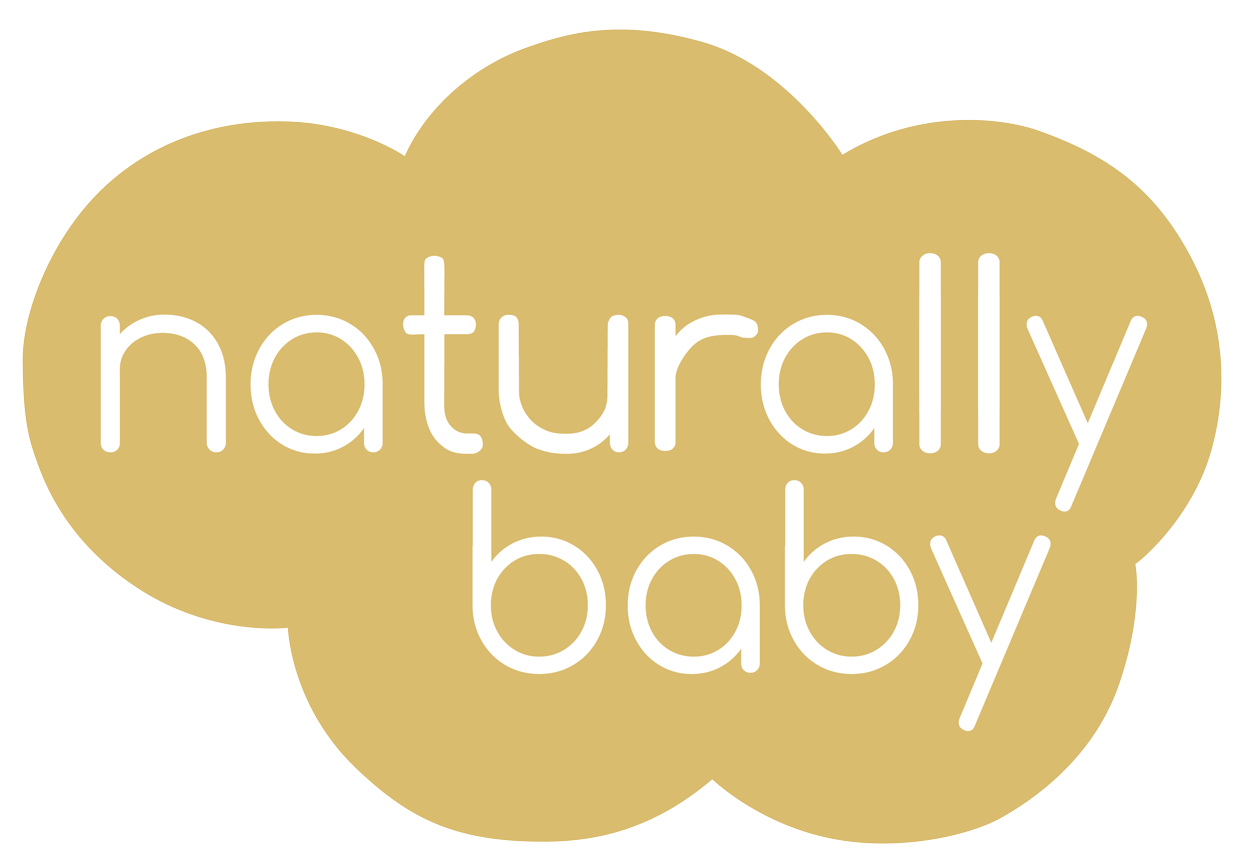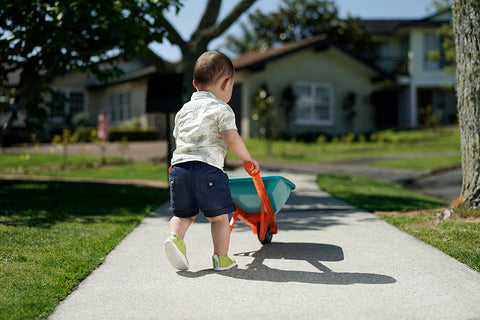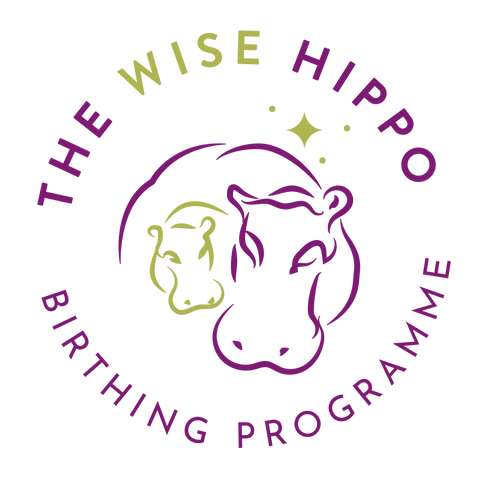If you’re suddenly feeling like your baby’s sleep has taken a step backwards around the four-month mark, you’re not alone – and there’s good news: it’s actually a normal, healthy progression in your baby’s development (even if it doesn’t feel that way right now!).
Around this age, your baby’s sleep cycles are maturing to more closely resemble those of an adult. That means instead of simply switching between “awake” and “asleep,” they’re now moving through more complex sleep stages that support things like memory development, cell growth, emotional regulation, and overall brain and body development.
What Does the Four-Month Sleep Regression Look Like?
Every baby is different, but here are some common signs that your little one might be in the middle of this sleep transition:
Fighting Sleep
Does your previously easy-to-settle baby now seem to resist naps and bedtime? Techniques that once worked—rocking, feeding, or popping them down in the crib—might now leave you scratching your head. It’s all part of their growing independence and changing sleep needs.
Shorter Naps
You may notice your baby’s naps become much shorter—sometimes only 30 to 45 minutes. This can lead to a crankier, more overtired baby by the end of the day.
More Night Waking
You might find your baby waking more frequently at night, needing extra help getting back to sleep, or crying more than usual. Their increased awareness of the world around them (and of you not being there!) plays a big role here. You may feel like you're constantly feeding, rocking, or doing the famous ‘dummy run’—retrieving that pacifier again and again.
Unlike some other phases of sleep disruption, the four-month regression reflects a permanent shift in your baby’s sleep. But don’t worry—this doesn’t mean sleep will always feel like a struggle. Many babies adjust naturally, especially if they’re already beginning to fall asleep with less assistance. And for those who need more help? That’s completely normal too.
What Else Is Going On at 4 Months?
This is such a busy and exciting time in your baby’s life. They may be:
• Starting to babble and copy your facial expressions
• Trying to roll over—or mastering it!
• Beginning to teethe
• Developing hand-eye coordination
• Improving focus and tracking moving objects
• Becoming more sensitive to lights, sounds, and distractions
• Possibly going through a growth spurt (and wanting to feed more often)
• Needing slightly less total sleep across 24 hours
All of this development can affect how and how much your baby sleeps.
9 Supportive Tips to Help You Through the Four-Month Sleep Regression
Here’s how you can gently support your baby (and yourself!) through this transition:
-
Create a Calm, Predictable Routine
Babies thrive on routines. Establishing a familiar rhythm for naps and bedtime helps signal that it’s time to wind down. This could be as simple as a short series of steps: a cuddle, a song, a story, and into the cot. Try to start and end the day at around the same time to build consistency. -
Set Up a Sleep-Friendly Space
Some babies are fine sleeping with background noise or light, while others may need a darker, quieter environment. Try using blackout blinds, white noise, or a stroller shade for naps on the go. The goal is to create a space that helps your baby settle and stay asleep a bit longer. -
Notice How Your Baby Falls Asleep
Are you rocking, feeding, or bouncing your baby to sleep every time? That’s totally okay if it’s working for you! But if it’s starting to feel exhausting, it might help to gently encourage your baby to fall asleep with a little less help, at least some of the time. -
Support Gentle Independent Sleep
Around 4-5 months, you can start gently helping your baby learn to settle to sleep on their own. After their bedtime routine and a feed, try placing them in their cot while they’re still awake. Some babies surprise their parents by adjusting to this faster than expected! This isn't about “sleep training”—just about giving them space to practice.
-
Get Outside Every Day
Natural daylight plays a key role in regulating your baby’s sleep-wake cycle. Try to get outside every day, even for a short walk. Fresh air and light can help reinforce the difference between day and night—and benefit you, too!
6. Let Them Practice New Skills While Awake
Babies often want to practice their new talents—like rolling or babbling—when they’re supposed to be sleeping. Giving them time during the day to roll, explore, and play helps satisfy that developmental urge and can lead to better rest later.
-
Give Them a Moment to Resettle
When your baby stirs or fusses in the night, try pausing before jumping in. Sometimes, they’re just transitioning between sleep cycles and might resettle on their own. Tuning into your instincts and learning their cues will help guide you.
-
Be Patient (With Your Baby—and Yourself)
This is a time of big changes for your baby, and it takes time for them (and you) to find a new rhythm. Some days will feel better than others—and that’s completely normal.
-
Lean on Your Village
If someone offers to help, say yes! Whether it’s a meal, a nap break, or just an encouraging chat, support makes a difference. And remember to be kind to yourself, your sleep matters too. If you're feeling overwhelmed, reach out.
You’re Not Alone And You’re Doing a Great Job
Every baby’s sleep journey is different. If you’re finding things challenging, you’re in good company—and there is support available.
For more guidance and reassurance, we’d love to welcome you to one of our Naturally Baby Sleep Workshops with the wonderful Doula Lou. You’ll find practical advice, encouragement, and connection with other parents navigating the same stage.
Visit our website to see upcoming workshop dates—we’re here to help.












